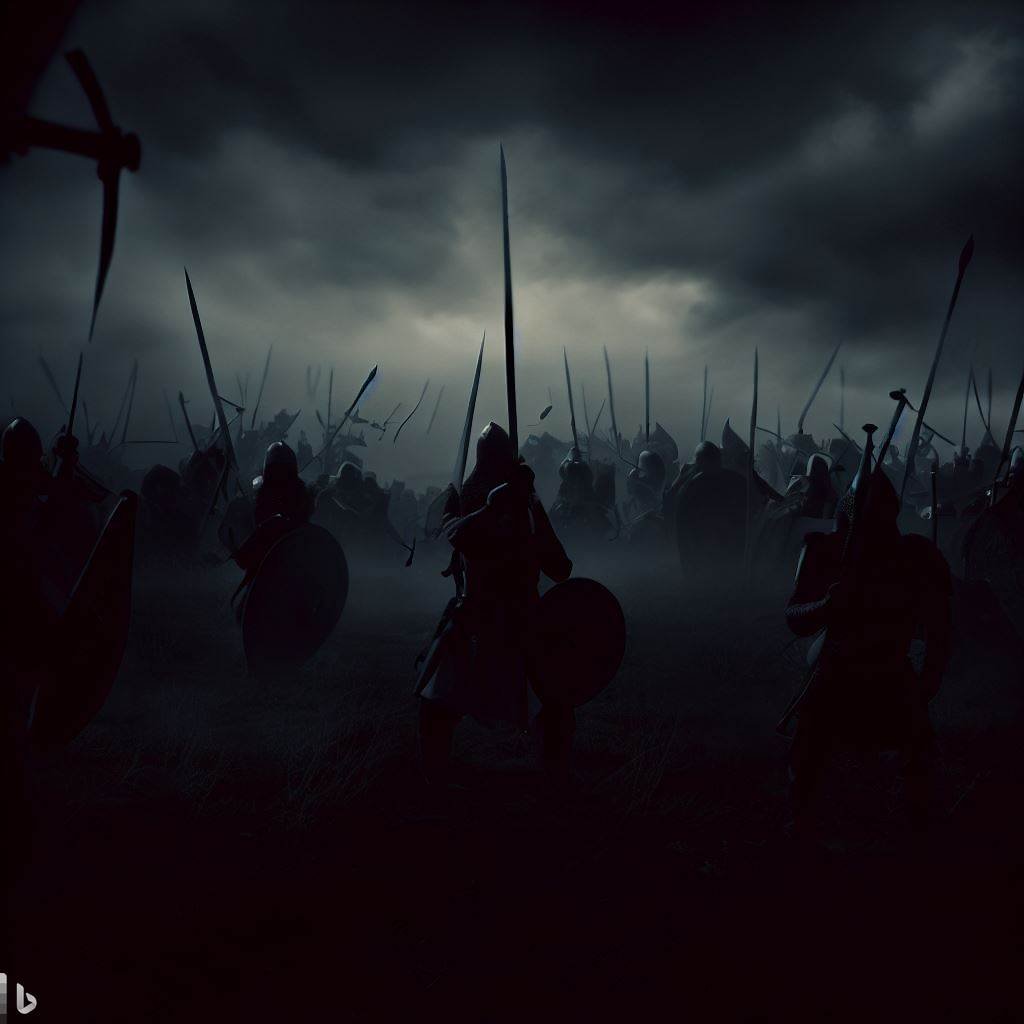
The Battle of Neville's Cross
KEY POINT SUMMARY
The BATTLE of Neville’s Cross: Key point summary
Background
January 1343: England, France, and Scotland signed the Truce of Malestroit during the Hundred Years' War.
Truce expiry: 29 September 1346.
Edward III of England planned an invasion of France in secret, assembling an army in Portsmouth by February 1346.
Philip VI of France invoked the Auld Alliance of 1326 with Scotland to counter Edward's plans.
June 1346: Philip VI asked King David II of Scotland to attack England.
Despite Scotland's initial invasion, local defenders in northern England repelled them.
French were defeated at Crécy; Edward's army was laying siege to Calais.
7 October: David II led a 12,000-strong Scottish army into England.
The Scottish Invasion
The Scottish army besieged the 'Peel of Liddell'; it was captured after 4-5 days.
The invasion had been predicted by the Chancellor of England two years prior.
English Regency had issued a proclamation of array on 20 August; an army assembled at Richmond.
Archbishop William de la Zouche led this force of 3,000-4,000 troops.
3,000 Yorkshiremen provided reinforcements.
The Scots pillaged the Augustinian priory and Hexham Abbey, heading to Durham.
The English army, led by the Archbishop and later Lord Ralph Neville, numbered between 6,000 and 7,000 men.
16 October 1346: Scots set up camp at Beaurepaire near Durham.
Prelude to the Battle
17 October: A group of 500 Scots unexpectedly encountered the English army.
The English overpowered this Scottish contingent, causing around 300 casualties.
David II positioned his army on high ground near ‘Neville’s Cross'.
The Battle
The armies faced off, each forming three divisions.
Scots' divisions led by David II, John Randolph, and Patrick Dunbar.
English divisions led by Lord Henry Percy, Neville, and the Archbishop of York. Neville had overall command.
The Scots' positioning made them vulnerable to English archers.
Earl of Moray's division advanced but faced defeat due to challenging terrain and the might of the English forces.
The Earl of March's division fled.
The English unleashed arrows on David II's division, followed by close combat. The Scots were overwhelmed and routed.
David II was captured after being injured.
Aftermath
English casualties were minimal, but Scots suffered around 3,000 deaths.
The battle was initially known as the ‘Battle of the Red Hills’.
Over 50 Scottish barons were killed or captured.
Captured Scots faced ransom or execution.
Injured David II was paraded through London streets, then confined at Odiham Castle until 1357 when he was ransomed and released.
A 15th-century manuscript illustration, Philippa of Hainault encouraging the forces of her husband, Edward III, before the Battle of Neville’s Cross in 1346
Altnerative Reads
Source Texts

